During my first class as an English teacher in Almeria, the students practiced speaking English by telling me the best things to do, and they mentioned making a visit to Los Refugios de Guerra Civil. I’m a sucker for visiting anything historical and war-related, no idea why, so I really wanted to go and see these civil war shelters of Almería.
I’ve been constantly fascinated by the amount of history and unique things to do in Almeria. This part of Andalucia doesn’t seem to get as many visitors as the rest, and I love exploring and being able to show people what they’re missing!
Los Refugios Almeria seems to always have tourists, but mainly from the rest of Spain. So I’ve decided to share what I’ve learned from visiting the civil war air raid shelters in Almeria, not least because hardly anyone seems to know about them outside of here. Unfortunately, there’s not a lot of information in English about Los Refugios in Almeria, so I decided it was time to change that, and I’ve put together this info for visitors to Almeria who want to go to Los Refugios de Guerra Civil.
What are Los Refugios in Almeria?
Under the city of Almeria there are 4km of tunnels, or air raid shelters, that were used to shelter the residents of Almeria during the Spanish Civil War. The city was bombed at least 52 times by hundreds of bombs, and the tunnels were meant to shelter 90% of the cities 52,000 people at the time. The rest of the citizens of Almeria would be able to find shelter in nearby caves or private basements.
During the construction of a carpark in 2001, the shelters were “rediscovered”. While older residents surely knew of their existence, they were never talked about. The ancient remains of Puerta Pechina, the gateway to the walled city, were also discovered. The renovation of the tunnels to allow visitors took until December 2006, when they were opened to the public.
What were Los Refugios like for the people of Almeria during the Spanish Civil War?
Entrances to the shelters were built all over the Almeria in private homes and to show a connection people would leave a black flag outside their door saying SHELTER. The very wealthy had their own private entrances and sometimes private spaces within the shelters.
Within the shelters, there were rules, including one that forbid the discussion of politics or religion. No smoking was allowed and children were not supposed to be left on their own.
If you visit the Refugios Almería tunnels you’ll notice the barriers you need to walk around, set in a jigsaw fashion along the tunnel near the entrance. This was to prevent the waves of a bomb blast from spreading through the tunnels.
In the ceiling, you can see small holes where the original lighting wires were strung up.
The deepest part of the tunnels, 16 metres deep, is where the food was stored. it’s close to the central market and you can go down to see this part of the shelter on the tour. Occupants of the civil war shelters would be able to exit to the central market to collect food, in the event they were trapped in the tunnels for a long time.
There are children’s drawings of planes and the stories of bombings scratched into the wall, along with the name of one of the builders.
One woman was apparently told by her mother that she was born in the civil war shetlers of Almería, but never knew where they were until years later when they were reopened and she could visit.
Bombardment of Almeria
The biggest bombing of Almeria was by Hitler on 31 May 1937. Hitler gave orders to bomb Almeria in revenge for the bombing of a German ship. Originally, he wanted to bomb Valencia but his advisors convinced him it would cause an international outcry, so he bombed Almeria instead. A German battleship and 4 destroyers sailed to Almeria and bombed the port and city as much as they could. Approximately 31 people died and many prominent buildings in the city including the Cathedral, Railway Station and Church of San Sebastian were damaged. No official action was ever taken against Germany over the Bombardment of Almeria.
The Malaga-Almeria Highway Slaughter
There is also a small hospital/operating room, built in 1938, in response to the many injured people that arrived after the slaughter on the Malaga-Almeria highway. During the civil war Malaga city was captured and many residents tried to flee to Almeria but were shot at by sea and air on their way and 3000-5000 people died.
How do you go to Los Refugios Almería?
Only 30 people are allowed down in these old underground bomb shelters at a time, and guided tours are run only a few times a day. To visit Los Refugios you have to book in advance. The catch is, the tour is in Spanish only. I might be learning Spanish, but it’s not quite that advanced yet! However, it’s only €3 so well worth going, even if you don’t understand Spanish and I did once have a guide that was willing to tell me more in English as she was quite fluent.
The building is rather unassuming, and I walked past it multiple times before I realised it was the entrance to Los Refugios, the civil war shelters.
What happens on the tour of Los Refugios de Guerra civil?
Before the shelter tour there is a video played with both Spanish and English subtitles, showing around 3 people speaking about their experiences of the tunnels.
Today you are able to walk around 1km of the tunnels, mostly underneath the Paseo de Almeria, the main street. The tunnels and shelters are around 9 metres deep, with their original walls and ceiling. When you’re walking it feels as though you’re walking slightly downhill and the lowest sections of the tunnels are actually below sea level. The main shelters are wider with bench seats along the edges, and connecting tunnels are much narrower. On the tour, you mostly stay in the main shelters, before leaving through a side tunnel.
I’d highly recommend a visit to Los Refugios in Almeria, even if you can’t speak Spanish. Both times I went the staff spoke English and offered to answer any extra questions we had. In any case, the experience of visiting the tunnels can’t be diminished by not understanding the words spoken. All you need is to be there and feel the atmosphere to try and understand how it might have been for the people of Almeria to be under constant bombardment and have to seek shelter underground. Sadly I haven’t heard much about this outside of Spain or even Almeria, and I I’d love for more people to know about Los Refugios and what happened here.
Have you heard of Los Refugios in Almería before? Or visited?
Sonja x
If you liked it, pin it!

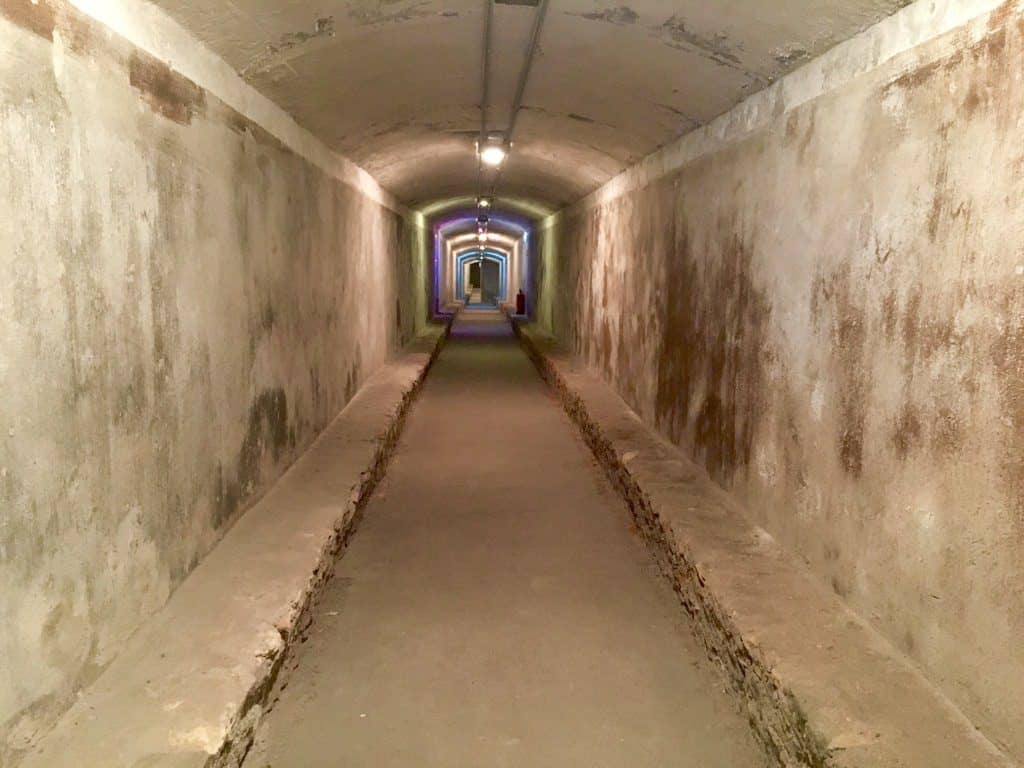
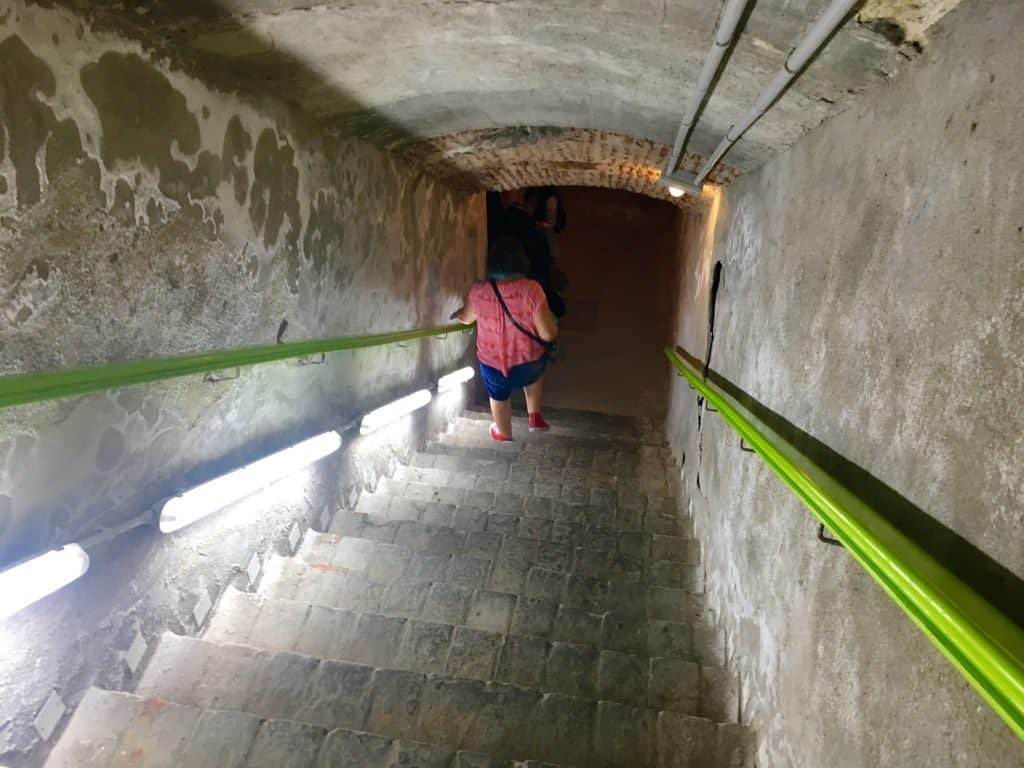
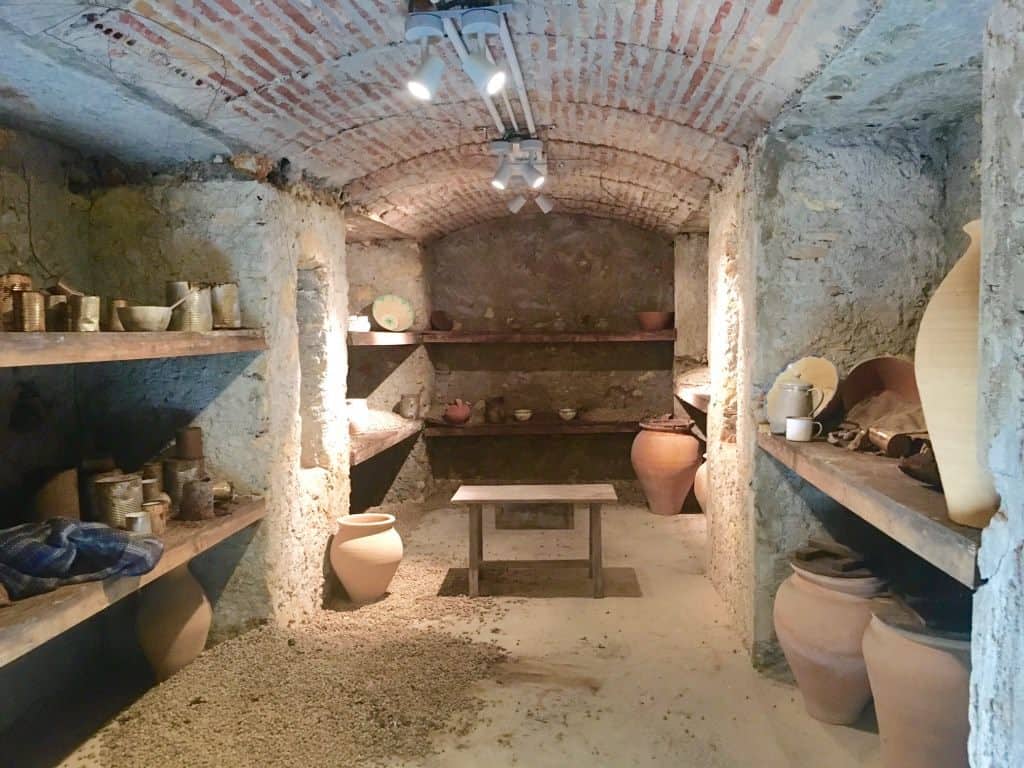
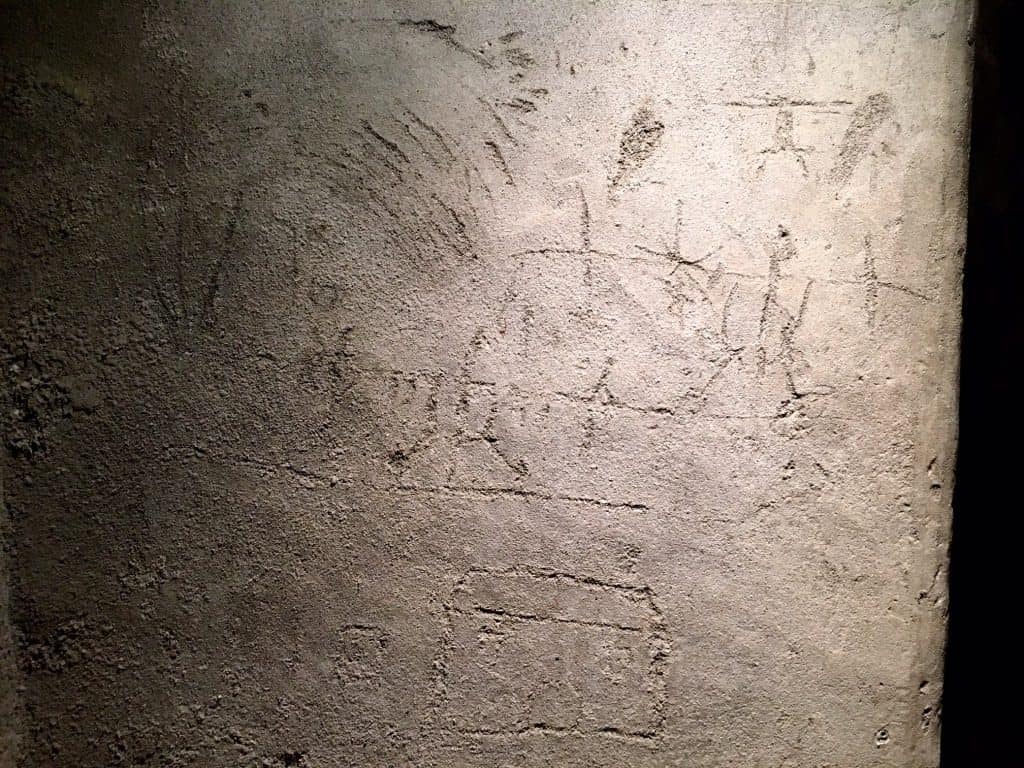
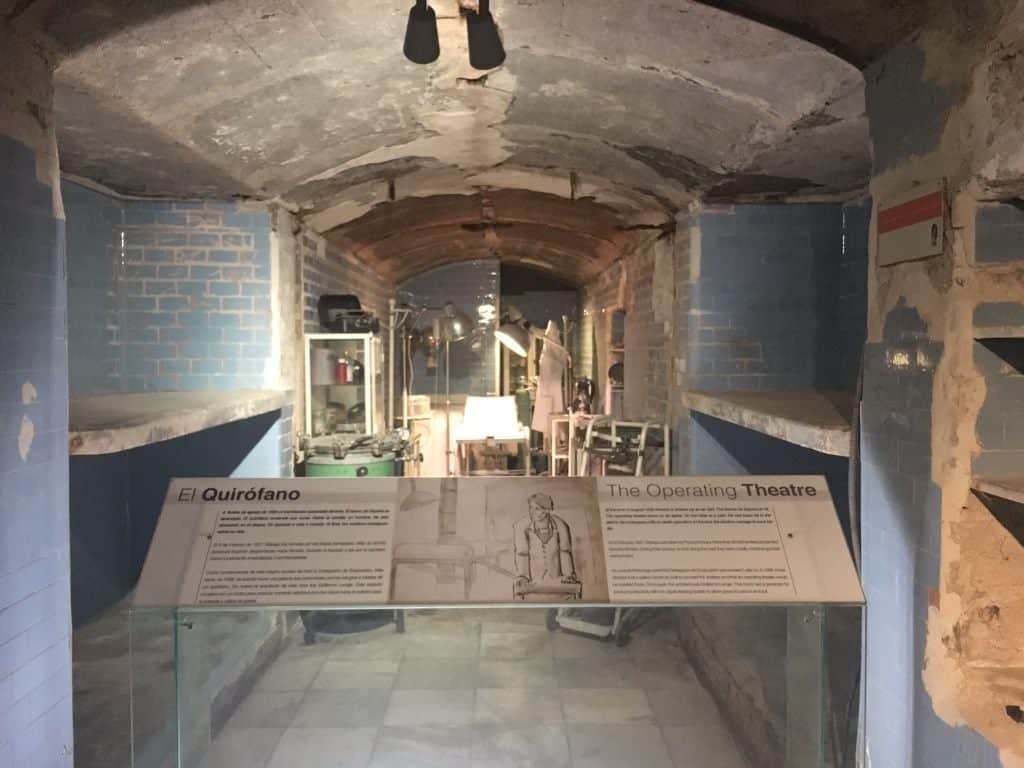
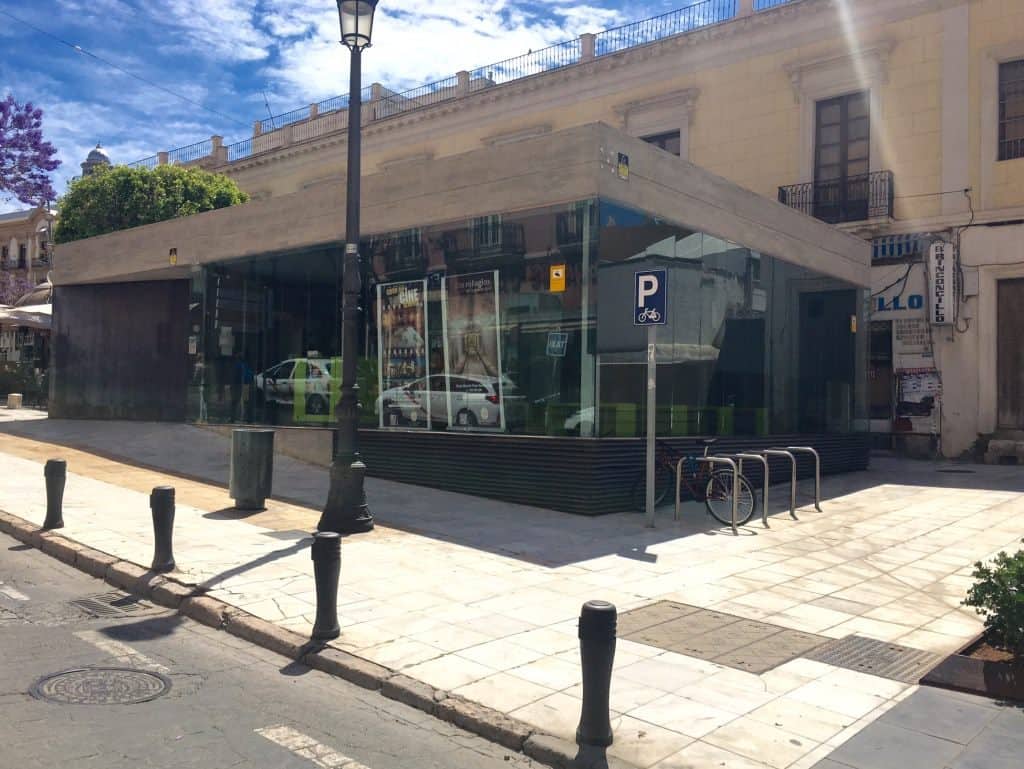
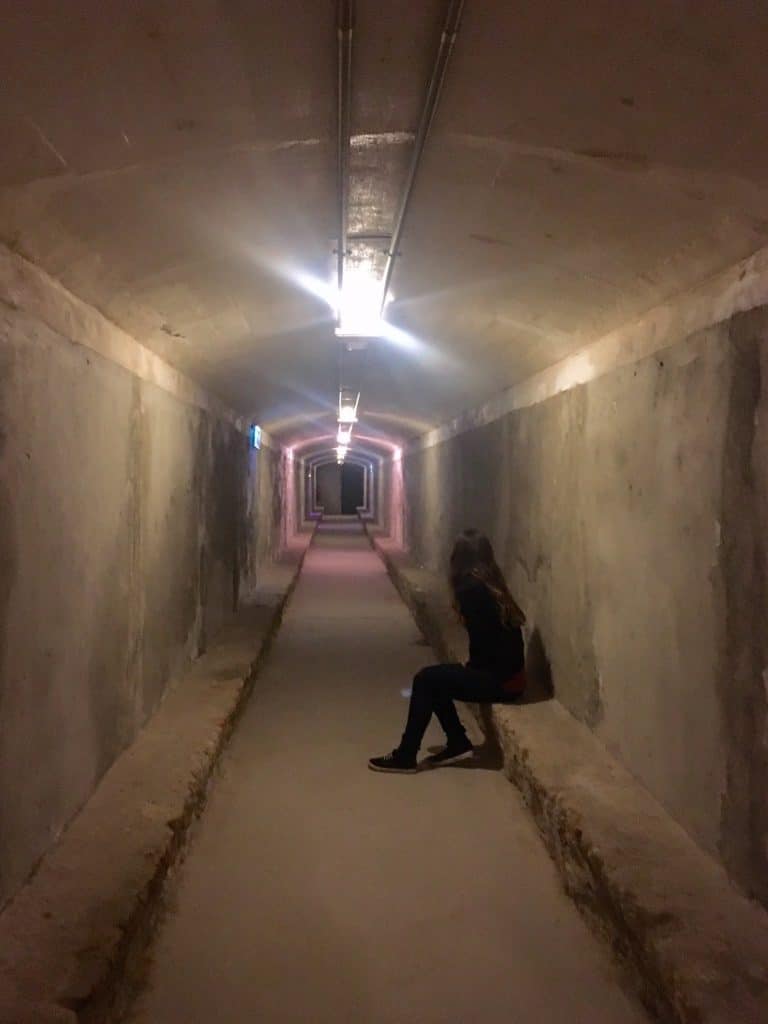
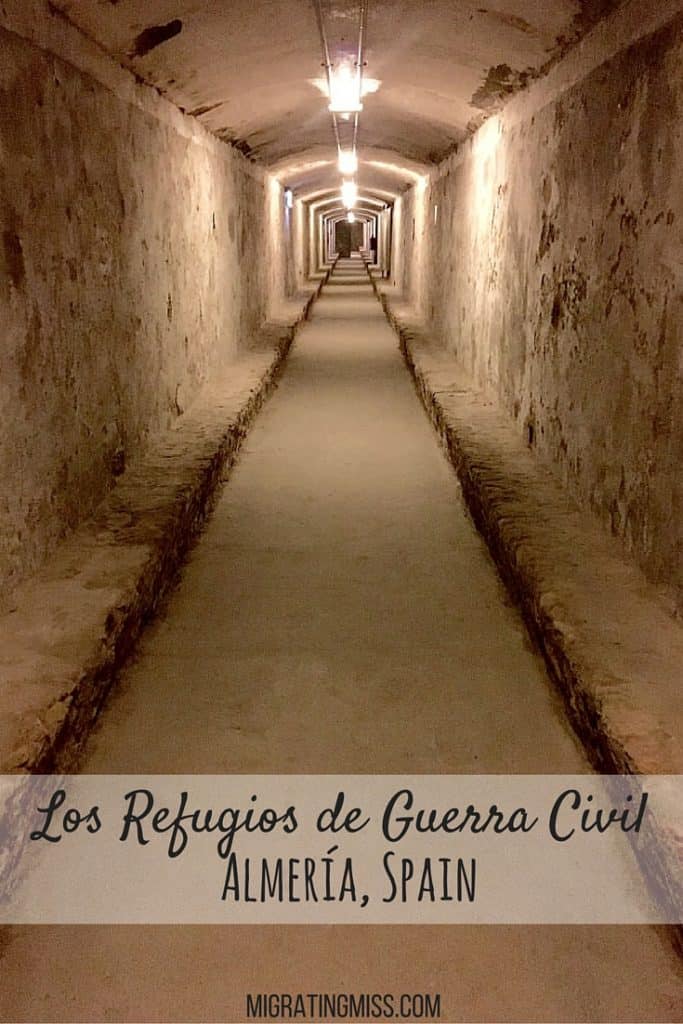
Hi Sonja,
I love the history of a city. I’m like you, every time I visit a place, I want to know about the history of the place. Your pictures look awesome and I can’t believe that it was underground. How cool.
Love your blog! Spain is on my travel list and I hope to some day go.
Best,
Ruthie
Thanks so much Ruthie! I had no idea what it would be like and it was so crazy to think I was 6-9 metres under the main street of Almeria. Now when I walk down that street I think about what’s below! Hopefully you make it here soon 🙂
I have been on this tour and it was excellent! Before the tour commenced I enjoyed watching a video with English subtitles, of a few people telling their story/recollection of the tunnels during the time of use. It makes it so much more real hearing first hand real life stories. I don’t speak Spanish so didn’t understand the tour guide when she was talking, but that didn’t matter at all after seeing the video and just being in the tunnels and walking around, I just tried to imagine what it would have been like for the adults and children of Almeria. I enjoyed learning some of the history of this city.
I thought it was really great too! Obviously haha. It definitely makes it more real seeing the video before going into the tunnels, and you can really try and imagine what it may have been like. I hope that more people are able to learn about them! Thanks for your comment!
I enjoyed this tour when I studied abroad in Almeria in 2011. My husband and I are returning to Spain this winter, and I’d love to take him here! When I visited in 2011, my ticket was purchased as part of my program, so I didn’t have to purchase individually. If we are wanting to plan or visit ahead of time, do you know how we can get tickets or at least get a schedule of tours? Thanks!
Hi Sara! Thanks for your comment :). I would definitely recommend booking ahead of time because they do sell out due to small numbers! Either go in the days before you’d like to go, or early in the morning. The best way though is to book online and then you can book pretty far ahead. It’s only €3 and there’s a link here: http://sa1.seatadvisor.com/sabo/servlets/EventSearch?presenter=ESALMERIA&venue=ESREFUGIOS I must update this post actually to include that info, thanks for reminding me! Let me know if that doesn’t work 🙂
Thank you for the information. We’ve just been on tour and we booked on Tuesday for the first available tour which was today, Friday. Our tour was full and everyone else was Spanish.
It felt a bit rushed and without your information we would not have understood anything.
I’m glad I was able to help! Without understanding Spanish it can be a little daunting, but I think it’s such an interesting place and I’m so glad you gave it a go and went anyway! Enjoy your time in Almeria 🙂
Hello I’m from Almeria and first of all I apologize for my bad English. I hope I can manage to explain myself ok.
My grandmother, who is 86 years old, told me many times during my childhood how it was for her to be at the shelters during the Civil War. She told me it was an absolutely terrifying experience and that many people were stomped at the entrance of the shelters, specially when “los quintos” or “la quinta del saco” were present. They caused many deaths appart of the ones created by the bombs itself.
She told me also that her father was so angry by the continous bomb alerts and the accidents at the shelter (he had four small daugthers) that one day, when her mom was serving a paella for the family, her father said nobody was going to run to the shelter and they were just going to eat the paella, and not care for what could happen.
So they eated their meal shaking with fear while hearing the bombs falling around. After it they moved outside the capital, to Huercal de Almería, at the service of another family that cared very much for them.
What really amazes me is that while some of our elders told us about the shelters, nobody really cared for them nor asked themselfs where the shelters could be nowadays. I was working at the local newsparer covering the carpark news and I remember the shelters were discovered by accident. When my grandmother knew about it she just said “well… I knew they were there”.
Thanks!!
Wow thank you so much for sharing this and taking the time to comment! It’s amazing to hear a story from someone who was actually there. And your English is amazing, so don’t worry!